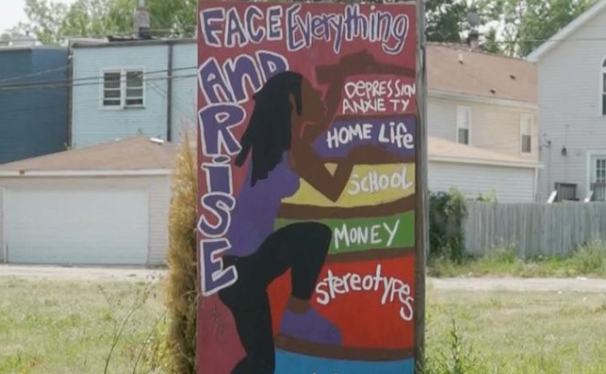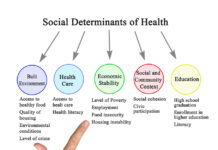At PBS.org, special correspondent Fred de Sam Lazaro has this story (with video and transcript) from on the racial disparities and systemic factors contributing to the 50-percent rise in Black youth suicides from 2018 to 2022:
“Fred de Sam Lazaro:
From an early age, Jamal Clay wanted to be helpful.
Rafiah Maxie-Cole:
Some of my fondest memories of Jamal is remember him waking me up early in the morning so we can get to school a little bit before the kids, so that he could take the chairs off the desks and help the teachers prepare for school.
Fred de Sam Lazaro:
He looked everyone in the eye and gave them his undivided attention. As time went on, however, Rafiah Maxie-Cole noticed changes in her son. He drew into himself, grew quieter, spent more time alone.
Maxie-Cole knew Clay was teased at school over his body type. At one point, he tried to take his own life and was rushed to the hospital. . . .
Rafiah Maxie-Cole:
A social worker, mother, traumatized, figuring out which role I had while my 12-year-old is in an isolation unit.
Fred de Sam Lazaro:
Clay was ultimately released from the hospital, but in the years that followed, his struggles widened. . . . On May 27, 2020, Jamal Clay died by suicide at the age of 19.
Rafiah Maxie-Cole:
It rocked my whole foundation. How do you go to work? One of your main jobs is to keep people safe. And you ain’t got nobody safe at your home.
I have so many questions, and he has all the answers.
Fred de Sam Lazaro:
Between 2015 and 2021, more than 360 Black people died by suicide in Chicago. According to a University of Chicago study, the trends in that time largely mirrored what happened nationally.
Black residents were the only group to experience significant increases in suicides among both men and women. Meanwhile, suicides decreased among white men and women. There was also a higher proportion of suicide deaths among Black teens. And the youngest person to die by suicide was an 8-year-old Black boy.
Professor Janelle Goodwill co-authored that research at the University of Chicago.
Janelle Goodwill, University of Chicago: I have had the opportunity to directly ask people, particularly Black young adults, why they have considered ending their lives. And one of the primary reasons they have pointed to is feeling hopeless about the future, hopelessness on an individual level, but also hopelessness on a structural level. . . .
There’s rarely one reason that leads someone to consider suicide. It’s not just these individual-level factors like stigma, but these larger systemic or structural-level factors that are shaping an individual’s ability to have access to clean air, to quality schools, to adequate health care.
Do they have access to quality foods? And do they have a strong social safety net and support?”
Article → ***
***
More from Around the Web
More from Mad in the Family














